Description
Familiarity with treatment
Fractional RF (Radiofrequency) skin resurfacing is a non-surgical cosmetic procedure that aims to improve the appearance of the skin by stimulating collagen production and promoting skin rejuvenation. Here’s a summary of what fractional RF skin resurfacing entails based on the search results:
Procedure: Fractional RF skin resurfacing involves the use of a device that combines radiofrequency energy with microneedling or dermal stamping. The device creates controlled micro-injuries in the skin, targeting specific areas while leaving the surrounding tissue intact. This fractional approach helps to minimize downtime and promote faster healing.
Collagen Stimulation: The controlled micro-injuries created by fractional RF skin resurfacing trigger the body’s natural healing response, leading to the production of new collagen and elastin fibers. Collagen is essential for maintaining skin elasticity, firmness, and a youthful appearance.
Skin Rejuvenation: Fractional RF skin resurfacing can address various skin concerns, including wrinkles, fine lines, acne scars, stretch marks, visible pores, uneven skin texture, and pigmentation issues. The treatment aims to improve the overall quality and appearance of the skin, resulting in smoother, healthier-looking skin.
Minimal Downtime: Compared to more aggressive skin resurfacing treatments, fractional RF skin resurfacing typically involves minimal downtime. The fractional approach allows for faster healing and recovery, with mild to moderate redness (erythema) being a common temporary side effect that usually resolves within 24-48 hours.
Suitable for Various Skin Types: Fractional RF skin resurfacing is generally considered safe and can be used on different skin types, including darker skin tones. However, it’s important to consult with a healthcare professional or dermatologist to determine if the treatment is suitable for your specific skin concerns and skin type.
Who is it suitable for?
Fractional RF (Radiofrequency) skin resurfacing is generally considered suitable for a wide range of individuals and skin types. Here’s a summary of who it may be suitable for based on the search results:
Clients with Intolerance to Laser Treatments or Chemical Peels: Fractional RF skin resurfacing, particularly Nano Fractional RF, is often considered a more suitable option for individuals whose skin does not tolerate laser treatments or chemical peels 1.
All Skin Types: Fractional RF skin resurfacing is generally safe and suitable for all skin types, including darker skin tones.
Individuals with Various Skin Concerns: Fractional RF skin resurfacing can address a variety of skin concerns, including wrinkles, fine lines, acne scars, stretch marks, enlarged pores, uneven skin texture, pigmentation issues, and skin laxity 2 3.
Those Seeking Skin Rejuvenation: Fractional RF skin resurfacing is often chosen by individuals who desire overall skin rejuvenation, improvement in skin texture, and a more youthful complexion 2 3.
Individuals Looking for Minimal Downtime: Fractional RF skin resurfacing typically involves minimal downtime compared to more aggressive skin resurfacing treatments. The fractional approach allows for faster healing and recovery.
Who is it not suitable for?
Based on the search results, here are some indications of who fractional RF (Radiofrequency) skin resurfacing may not be suitable for:
Pregnant or Breastfeeding Individuals: It is generally recommended to avoid cosmetic procedures, including fractional RF skin resurfacing, during pregnancy or while breastfeeding due to the potential risks to the developing fetus or infant. Consult with a healthcare professional for guidance.
Individuals with Active Skin Infections or Inflammatory Skin Conditions: If you have an active skin infection, such as herpes simplex or a bacterial infection, or if you have active inflammatory skin conditions like eczema or psoriasis, fractional RF skin resurfacing may not be suitable. Treating the skin in such conditions can potentially worsen the condition or lead to complications. It’s important to consult with a healthcare professional or dermatologist to determine the best course of action.
Individuals with Open Wounds or Recent Skin Procedures: If you have open wounds, cuts, or recent skin procedures in the treatment area, it’s generally recommended to wait until the skin has fully healed before undergoing fractional RF skin resurfacing. This allows for proper healing and reduces the risk of complications.
Individuals with Certain Medical Conditions or Medications: Certain medical conditions or medications may make fractional RF skin resurfacing unsuitable or require special precautions. For example, individuals with a history of keloids or hypertrophic scars may need to avoid the treatment. Additionally, individuals taking medications that increase the risk of bleeding or impair wound healing may need to discontinue them before the procedure. It’s important to discuss your medical history and medications with a healthcare professional or dermatologist to determine if fractional RF skin resurfacing is appropriate for you.
Individuals with Unrealistic Expectations: It’s important to have realistic expectations about the results of fractional RF skin resurfacing. While the treatment can improve the appearance of the skin, individual results may vary, and it may not achieve the same level of improvement as more invasive procedures. It’s crucial to have a thorough consultation with a healthcare professional or dermatologist to discuss your goals and expectations.
Advantages
Based on the search results, here are some advantages of fractional RF (Radiofrequency) skin resurfacing:
Effective Treatment: Fractional RF skin resurfacing provides an effective treatment to repair and rejuvenate damaged skin. It can diminish the appearance of wrinkles, scars, visible pores, stretch marks, and uneven skin texture and pigmentation, resulting in noticeably smoother and healthier-looking skin 1.
Minimal Downtime: Compared to more aggressive skin resurfacing treatments, fractional RF skin resurfacing typically involves minimal downtime. This means that individuals can resume their daily activities sooner after the procedure 1.
Versatility: Fractional RF microneedling can be used on areas other than the face, such as the neck and body. By adjusting needle depth and energy levels, it can effectively treat mild to moderate laxity of the lower face, neck, and body 2.
Collagen Stimulation: Fractional RF skin resurfacing stimulates collagen production and skin tightening. The controlled micro-injuries created during the treatment trigger the body’s natural healing response, leading to the production of new collagen and elastin fibers, which are essential for maintaining skin elasticity and firmness 3.
Safe for All Skin Types: Fractional RF skin resurfacing is generally considered safe for all skin types, including darker skin tones. This makes it a versatile option for a wide range of individuals 4.
Suitable for Various Skin Concerns: Fractional RF skin resurfacing can address multiple skin concerns, including fine lines, wrinkles, loose skin, acne scarring, stretch marks, enlarged pores, and uneven skin texture. It offers a comprehensive approach to skin rejuvenation 3.
Complications
Based on the search results, here are some potential complications associated with fractional RF (Radiofrequency) skin resurfacing:
Mild to Moderate Erythema (Redness): Following fractional RF skin resurfacing, mild to moderate erythema (redness) may be observed on the skin for up to 24-48 hours. This is a common and temporary side effect of the treatment 1.
Infection: Although the risk is generally low, there is a potential risk of infection after fractional RF skin resurfacing. It is important to keep the treated area clean and follow proper aftercare instructions to minimize this risk.
Pigmentation Changes: In some cases, fractional RF skin resurfacing may cause temporary or, rarely, permanent changes in skin pigmentation. This can manifest as hyperpigmentation (darkening) or hypopigmentation (lightening) of the treated area. Individuals with a higher risk of pigmentation changes include those with darker skin tones.
Scarring: While rare, there is a possibility of scarring after fractional RF skin resurfacing. This risk may be higher for individuals with a history of keloids or hypertrophic scars. Proper technique and adherence to aftercare instructions can help minimize this risk.
Skin Sensitivity and Discomfort: Some individuals may experience temporary skin sensitivity, discomfort, or a sensation of heat or warmth in the treated area. These sensations typically resolve within a few hours to a few days after the procedure 2.
preoperative care
Based on the search results, here are some preoperative care considerations for fractional RF (Radiofrequency) skin resurfacing:
Avoid Sun Exposure: It is recommended to avoid excessive sun exposure and tanning beds before the procedure. Sunburned or tanned skin may be more prone to complications and pigmentation changes.
Discontinue Certain Medications: Some medications, such as blood thinners or medications that increase the risk of bleeding, may need to be temporarily discontinued before the procedure. It’s important to follow the instructions provided by your healthcare professional.
Skin Preparation: Depending on the clinic or provider, they may recommend specific pre-treatment skin preparation. This may include cleansing the skin thoroughly and avoiding the use of certain skincare products or makeup on the day of the procedure.
Inform the Provider: It’s important to inform your healthcare professional about any medical conditions, allergies, or medications you are currently taking. This information will help them assess your suitability for the procedure and make any necessary adjustments.
Follow Provider’s Instructions: Your healthcare professional will provide you with specific preoperative instructions tailored to your situation. It’s important to follow these instructions carefully to ensure the best possible outcome and minimize the risk of complications.
Postoperative care
Based on the search results, here are some postoperative care considerations for fractional RF (Radiofrequency) skin resurfacing:
Avoid Picking or Scratching: It is important to avoid picking or scratching the treated area, even if crusts or scabs form. Picking or scratching can lead to infection, scarring, and pigment changes. Treat the area with care and be gentle.
Manage Redness and Discomfort: Mild to moderate erythema (redness) may be present on the skin for up to 24-48 hours after the procedure. Some individuals may also experience mild swelling and discomfort. Applying cool compresses or using over-the-counter pain relievers, as recommended by your healthcare professional, can help manage these symptoms.
Protect the Skin from Sun Exposure: During the healing phase and for several months after treatment, it is important to protect the treated area from sun exposure. This includes using a moisturizing sunscreen with a high SPF (at least 30 or higher), wearing protective clothing, and using wide-brimmed hats to shield the skin from direct sunlight.
Follow Skincare Recommendations: Your healthcare professional may provide specific skincare recommendations for the postoperative period. This may include using gentle cleansers, moisturizers, and avoiding harsh or irritating skincare products until the skin has fully healed.
Follow Up with Your Healthcare Professional: It is important to attend any scheduled follow-up appointments with your healthcare professional. They can assess your healing progress, address any concerns or questions you may have, and provide further guidance on skincare and maintenance.


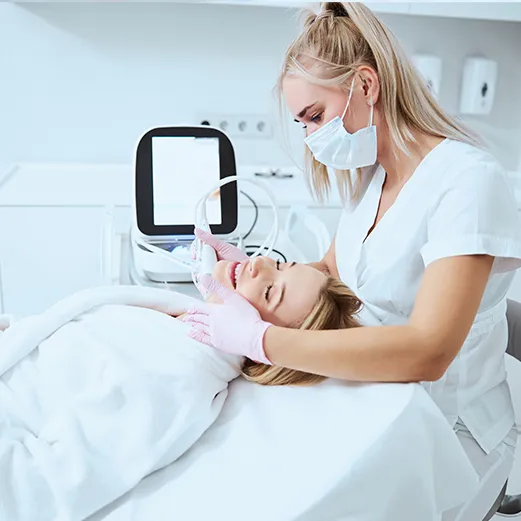
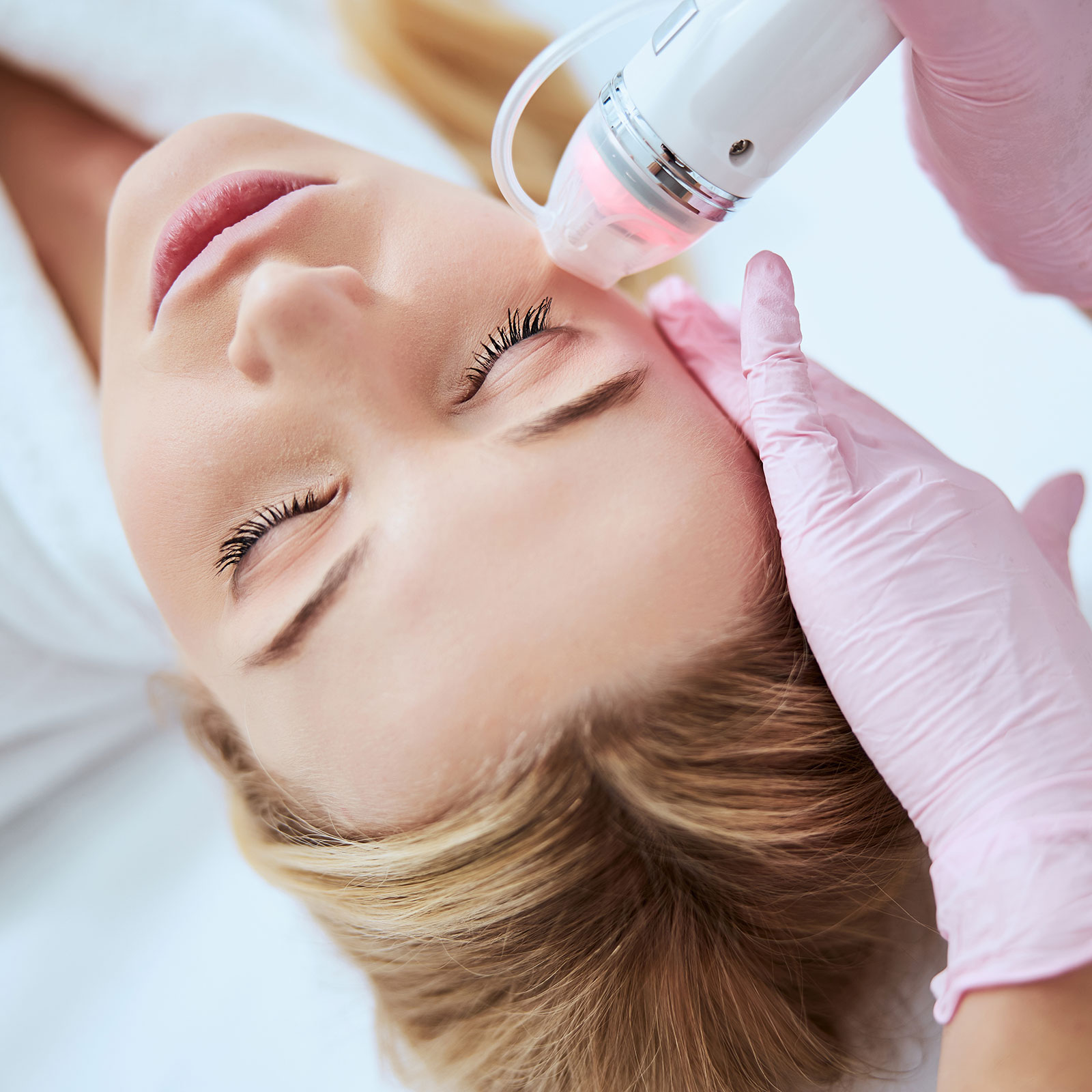
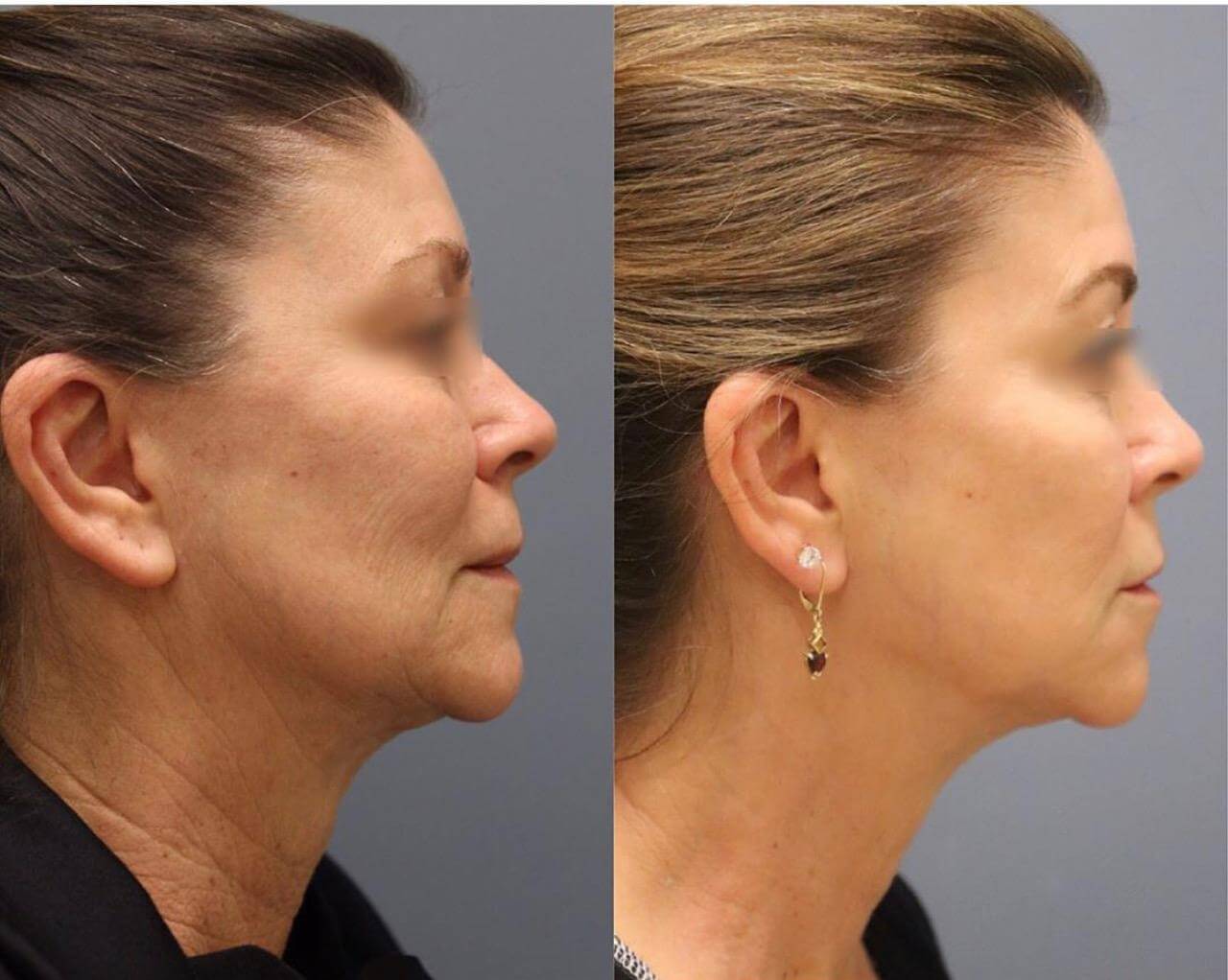
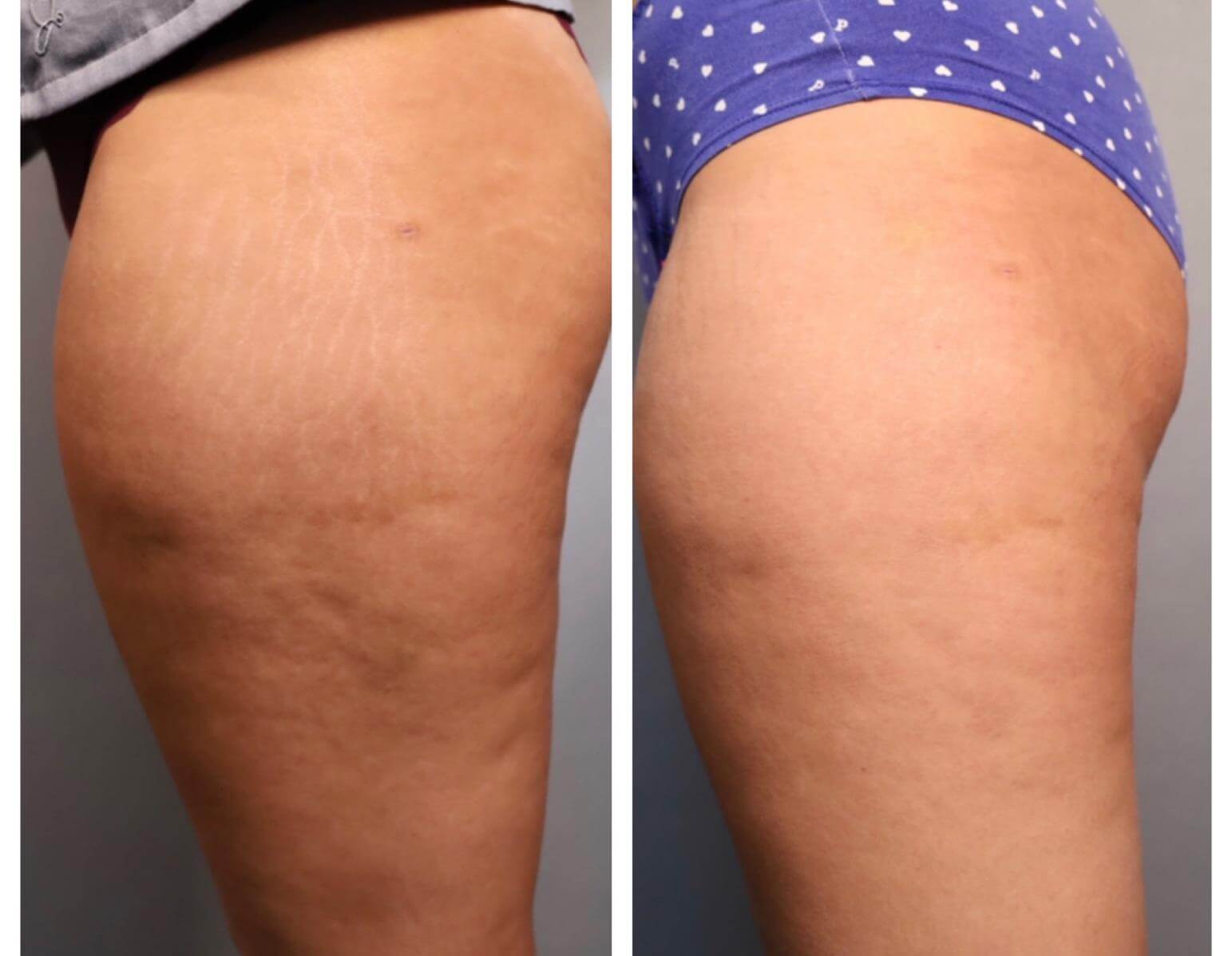
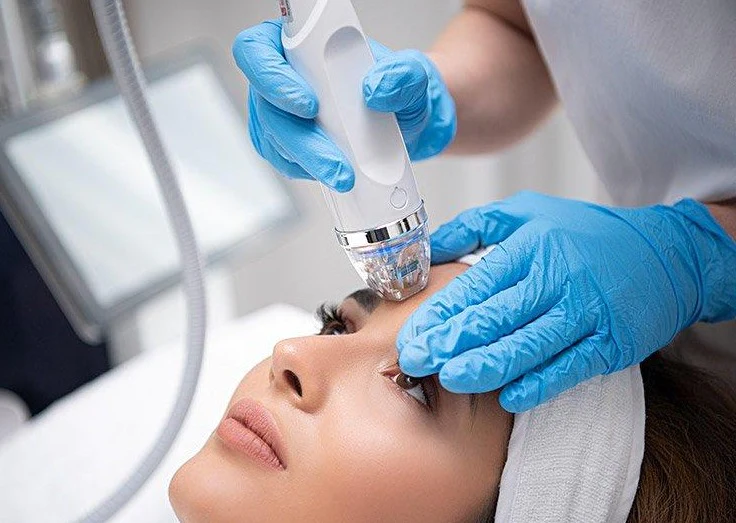
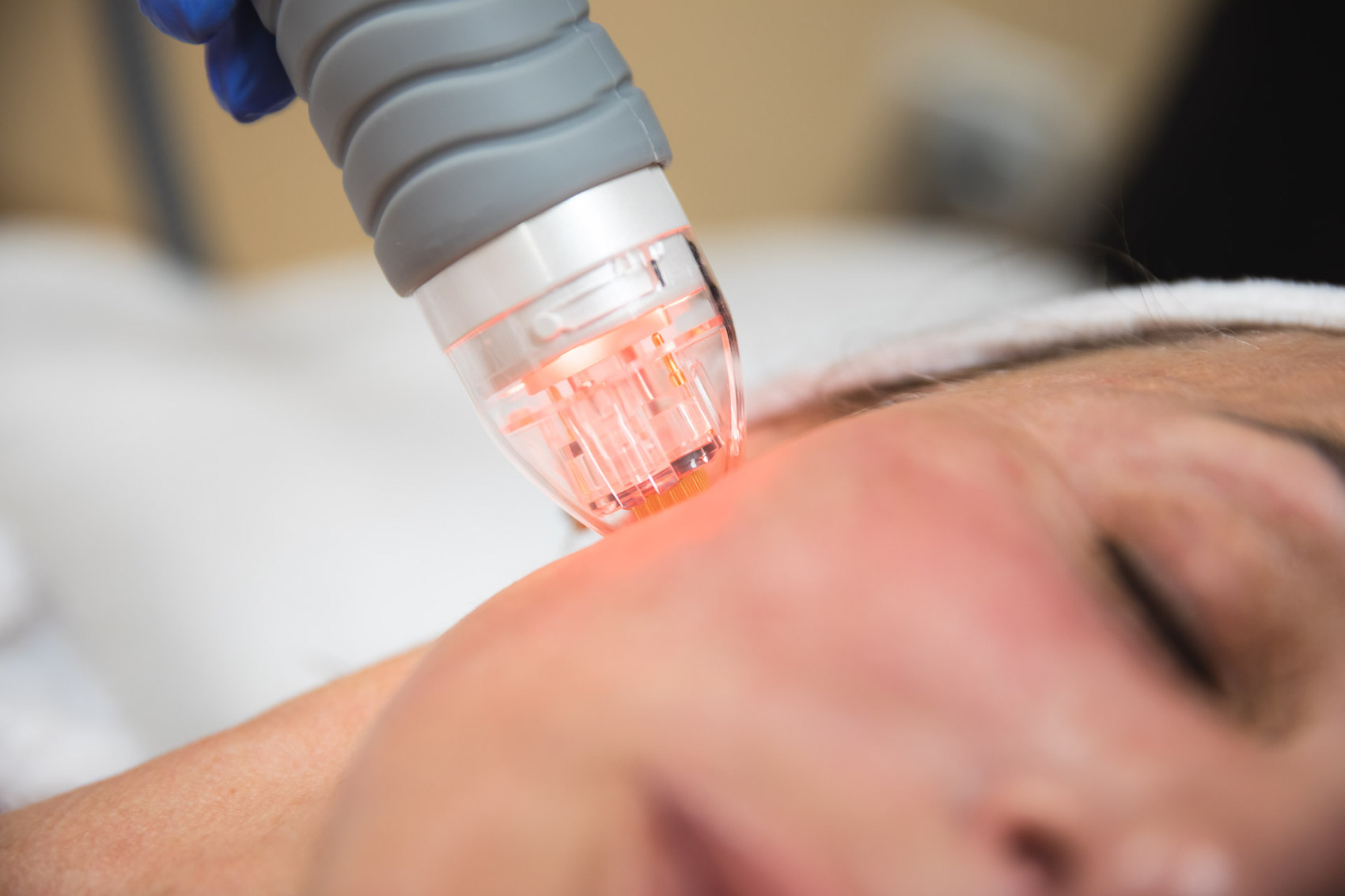
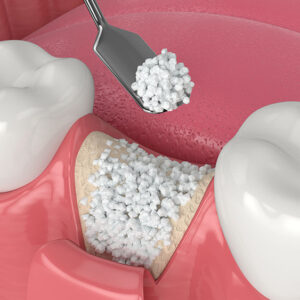


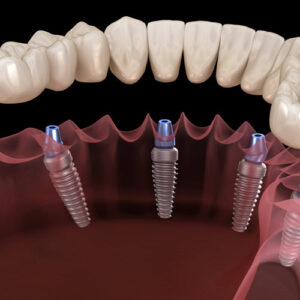
Reviews
There are no reviews yet.